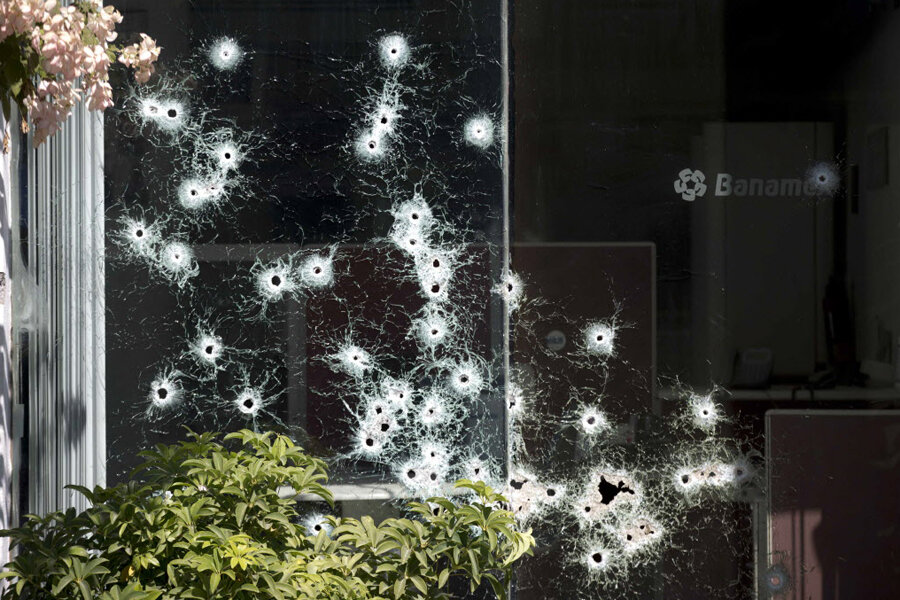What's behind the standoff between vigilantes and Mexican police in Michoacán?
Loading...
When you want the truth in Mexico, talk to a priest.
So says The Christian Science Monitor's Mexico City correspondent, who is currently traveling through the western state of Michoacán to report on a violent standoff between the federal government and armed vigilantes. The conflict has upended the local rule of law, shut down major transportation routes, and disrupted businesses from avocado farms to Pepsi truckers to Oxxo supermarkets.
But the truth is hard to find in Mexico because of the confusing nature of this deadly clash. In theory, the government should be united with the vigilantes against a common enemy: the violent drug cartel known as Knights of Templar that has ruled Michoacán through intimidation and fear. Instead, they’re all at gunpoint after the federal government announced this week it would force the vigilantes to lay down their arms, while the so-called “autodefensas” have vowed to stand strong until the government weakens the drug cartel.
The implication is that the government is providing political protection to the Knights of Templar, while rival cartels are providing tactical support to the vigilantes with weapons. To dig into the matter, our correspondent says he sought input from local religious leaders who have their ears close to the ground.
“I have spoken to numerous priests, and all of them say that it’s exaggerated to suggest the defense groups are clean, but it’s also unfair to say they’re puppets of other cartels,” our correspondent says.
Meanwhile, the Catholic leaders also question the reasoning for the government’s forceful resolve to disarm the vigilantes, who have wrested control of entire towns from the cartel and restored businesses and farms to their rightful owners.... For the rest of the story, continue reading at our new business publication Monitor Frontier Markets.







